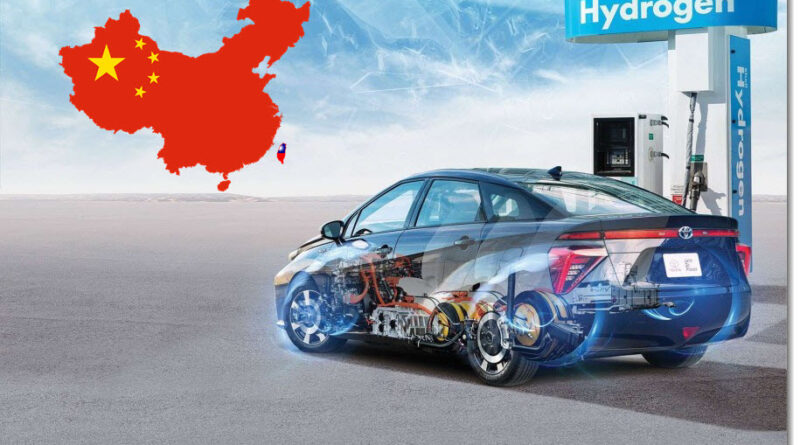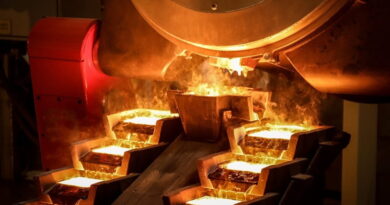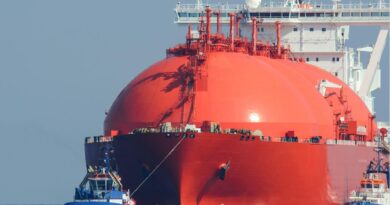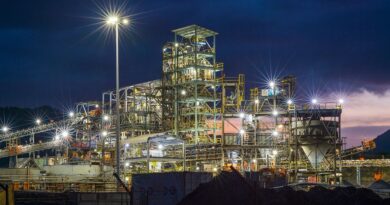China’s significance to the platinum market, now and in the future
China is the world’s largest consumer market for platinum group metals (PGMs), accounting for more than 30 per cent of global demand. Under its fourteenth five-year plan for the years 2021-2025, China is committed to promoting clean, low-carbon energy sources and efficient use of energy, to ensure peak emissions and carbon-neutrality are achieved, respectively, by 2030 and 2060.
Owing to their unique catalytic properties and use in proton exchange membrane (PEM) technologies, PGMs will continue to be essential for China to achieve its ambitious targets in emissions reduction, leading to stronger growth in its demand for PGMs in the foreseeable future.
In parallel with setting its ambitious climate change targets, China launched fresh policies to support its growing market for hydrogen fuel cell electric vehicles (FCEVs), with initiatives aimed at developing the entire hydrogen value chain further, including refuelling infrastructure, rather than just offering subsidies on sales. The government wants to see cumulative sales of FCEVs reach one million vehicles by 2035.
Momentum behind PEM-related investment in China is building. Johnson Matthey, a leader in sustainable technologies, has expanded its fuel cell operations into China with a state-of-the-art facility to manufacture critical components for customers in the region. It is also working with Sinopec, the second largest chemical company in the world with the long-term strategic goal of becoming a leading hydrogen company in China, to explore joint possibilities across green and blue hydrogen, fuel cells, decarbonisation technologies and circular-economy business in China.
Umicore, a leading circular materials technology company, is investing in a large-scale fuel cell catalyst plant in Changshu to capture the fast-emerging growth in fuel cell technology. The plant will enable the accelerated transformation to hydrogen-based clean mobility. The first mass-produced hydrogen FCEV sedan, the Changan SL03 FCEV, has just finished testing and is expected to be launched in China in 2022.
Of course, China remains a focus for established demand segments of platinum. While its platinum jewellery industry innovates in the face of strong headwinds and increased competition from other precious metals, autocatalyst demand is poised to grow on the back of strengthened emissions standards – China 6 for cars from 2020 and China VI for trucks from 2021 – and increased platinum-for-palladium substitution.
BASF and Heraeus have agreed to form a joint venture in China to recover precious metals from spent automotive catalysts and enable a more sustainable circular economy. The recovered PGMs will be used to make new products for the automotive, chemical, electronics and green hydrogen industries. Platinum investment received a boost with the issue of the 2022 platinum bullion Panda after an absence of over 15 years.




